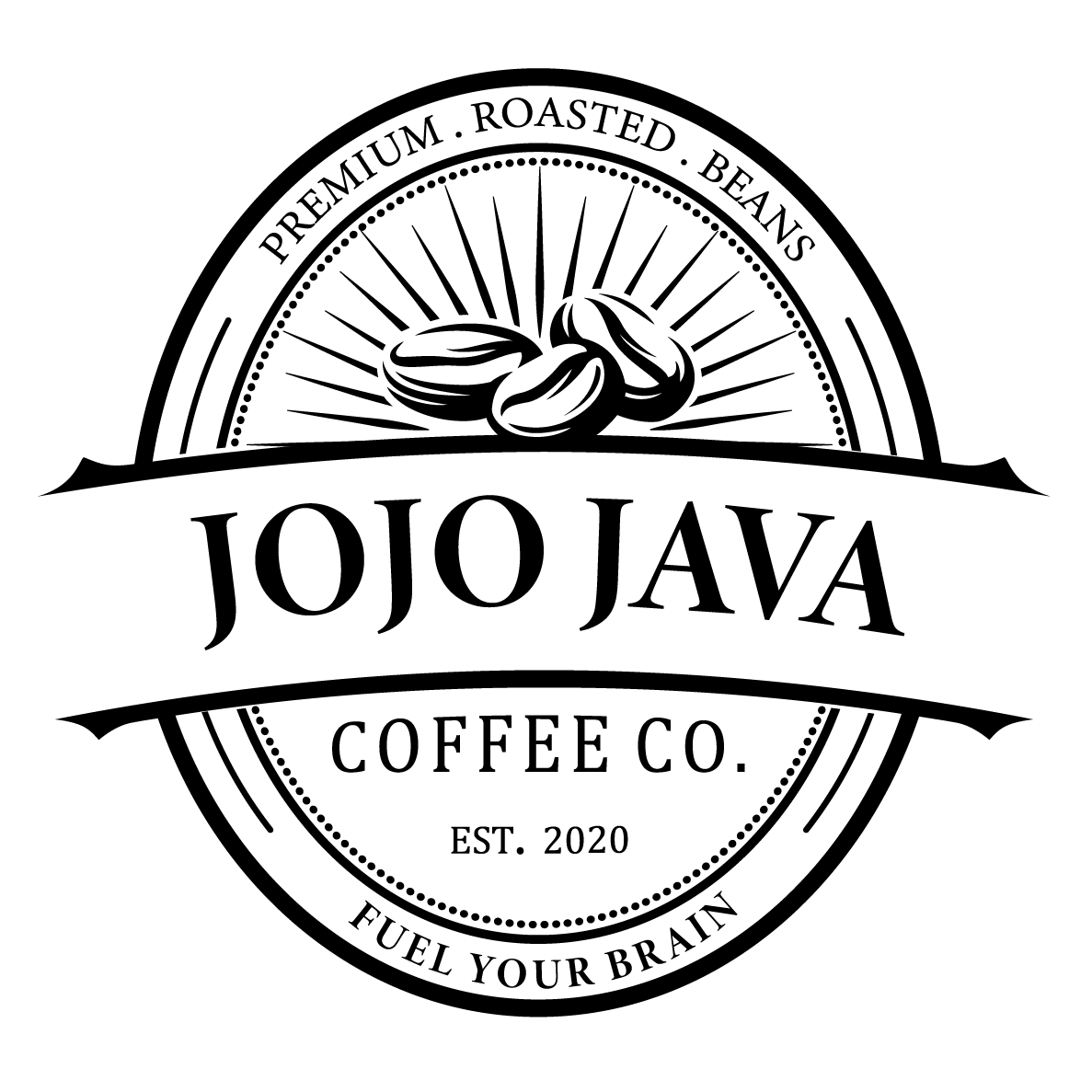Look -- we're just as confused as you are. Here we thought coffee was all about beans and brewing, and now we're chemists? Get ready for a fresh take on coffee—the future is here! Imagine sipping a rich, flavorful cup of coffee that didn't originate from a coffee bean. Molecular coffee is shaking things up in the coffee world—that's the big idea!
This brewing method isn't new. Sustainable coffee doesn't have to be boring. This coffee is different; we built it from the smallest parts—the molecules—creating a greener alternative to your average joe.
Clever food scientists invented molecular coffee. Think about what makes coffee, coffee. The taste, the smell, the feeling...they're taking all that, and making it from plants. Sustainably, of course. This is how they're making a new kind of coffee. Environmentally friendly coffee beans. This is the thing you need.
Table Of Contents:

- The Science Behind Molecular Coffee
- The Players in the Molecular Coffee Game
- The environment is taking a beating. Time to see what kind of mess we've made.
- The Taste Test
- The Future of Molecular Coffee
-
We've reached the end.
The Science Behind Molecular Coffee
So, how is coffee made without coffee beans? Let's start by figuring out what makes coffee, well, coffee. Scientists discovered a huge number—hundreds—of them. It's all about the aroma's chemical components; those are the molecules. Coffee's rich taste, enticing aroma, and luxurious mouthfeel come from a mix of different things.
Companies like Atomo, founded in 2019, are pioneers in this field. Atomo molecular coffee utilizes ingredients like date seeds, chicory root, and grape seed extracts to replicate the flavor and caffeine content of traditional coffee.
They're essentially creating a delicious cup of coffee, one component at a time, showcasing advanced food science.
The Brewing Process
Creating molecular coffee isn't simple. Chromatography helps find the stuff that's in it. Think of mass spectrometry as a super-sensitive scale for molecules. Particle identification is done by measuring how much they weigh. This allows for classification. Think of it as using a scale to determine the type of grain. I want to understand this better; therefore, I'll dissect it. Think of it like weighing a tiny, tiny thing. Molecular weight: that's the key. Chemistry meets cooking; that's the secret. This blend is surprisingly strong; the results are amazing.
Once the correct compound mix is found, sourcing them sustainably is next. Many molecular coffee firms utilize upcycled ingredients, which are byproducts from other food industries, that would be waste.
The important stuff is... Sunflower seed shells. and Seeds from a watermelon. Their sustainability is boosted by these and other ingredients. All sorts of coffee things.
The Players in the Molecular Coffee Game
Atomo plans to be a major player in the molecular coffee market, but they have competition. Other companies are also exploring the beanless coffee concept:
- Minus Coffee, founded in 2020 in San Francisco, uses a fermentation process to create their beanless brew.
- Northern Wonder, a Dutch food tech brand founded in 2021, is taking a different approach by creating coffee-free coffee capsules and filter blends.
- Prefer, a Singapore-based startup founded in 2022, is using neuroscience and food science to develop their bean-free ground coffee. They employ them. Chemistry that analyzes. Product development methods are explained here.
These coffee companies all have their own way of making molecular coffee. This new field is brimming with potential; the possibilities are vast.
The environment is taking a beating. Time to see what kind of mess we've made.
Molecular coffee's big selling point? Sustainability. Prepare for a major shift. Prepare yourself; this is enormous. Think bigger than you ever have before. Traditional coffee production is resource-intensive, and often harmful to the environment. Excessive water consumption, deforestation, and carbon emissions: these are serious problems. Global coffee production. The field of work is what we're discussing.

Molecular coffee tackles these problems head-on. Northern Wonder's Life Cycle Assessment indicated their product reduces carbon emissions by 76%, uses 95% less water, and needs 66% less land compared to coffee growing using traditional methods.
Voyage foods is also known for their use of upcycled ingredients, and they aim to produce sustainable coffee. Using things like sunflower seeds in creating their product shows commitment to sustainable sourcing of ingredients for making coffee products.
The Taste Test
How does molecular coffee taste? Coffee lovers have high standards, so how do these lab-made alternatives compare?
Initial blind taste tests show promise. Atomo claims their molecular cold brew won against a leading coffee chain's conventional cold brew in testing. The flavor? Cacao nibs, cherries, and a hint of brown sugar.
As these coffee products gain popularity, individuals are urged to perform personal taste comparisons. Individual preferences vary, the most critical factor is personal satisfaction with the coffee product.
The Future of Molecular Coffee
Will molecular coffee replace traditional coffee entirely? Probably not soon. But with climate change threatening coffee grown worldwide, it may become increasingly important in the global coffee market.
Estimates suggest that by 2080, suitable land for coffee cultivation could shrink significantly. Molecular coffee might not only be a unique product but a necessary one for the enjoyment of coffee in future.

The tech behind it has uses beyond just mimicking traditional coffee. Think of coffee with added nutrients, or blends designed for specific tastes. The uses are varied and amazing; think of all the possibilities!
Advantages of Molecular Coffee
Molecular coffee has its own benefits as compared to traditional coffee. Let's examine these.
| Aspect | Molecular Coffee | Traditional Coffee |
|---|---|---|
| Sustainability | High - uses upcycled ingredients, less water & land | Lower - deforestation, high water usage |
| Climate Change Impact | Lower - reduced carbon emissions | Higher - contributes to emissions, crop vulnerability |
| Flavor Customization | High - can be tailored to specific profiles | Limited - dependent on bean type & roast |
| Resource use | Low use of resources | High use of resources |
| Caffeine Control | Precise control over caffeine levels. | Varies depending on bean and brew method. |
We've reached the end.

Molecular coffee blends: It's science, sustainability, and great coffee all in one. This might seem far-fetched, yet it's actually here. The climate is shifting. Traditional coffee production is changing, so we need new solutions like... Atomo: Coffee at the molecular level. Keeping up with our morning routines will be easy.
Whether a coffee expert or environmentally aware, molecular coffee is worth noticing. Your future favorite coffee might be lab-created, not farm-grown. Atomo: That's the coffee for me. A space full of potential is being developed. Prepare to be blown away—it's fantastic!
The question is whether coffee species used to make traditional coffee, whether its robusta coffee or arabica coffee, can keep up with food tech advances of molecular coffee. It remains to be seen whether the traditional way we develop coffee from when the beans develop, up until when the roasted beans reach your cup will ever fully go away.
No doubt the culinary aspect of coffee ain't dying down. We should all raise a glass to that. The good thing is you can become a member of our Coffee Club and get your K-cups delivered to you -- and that's a bigger celebration!


